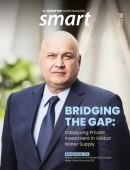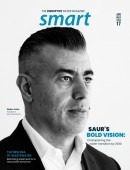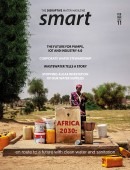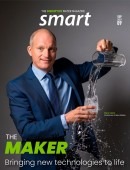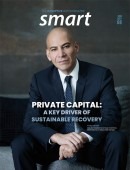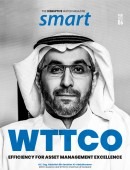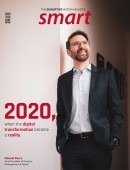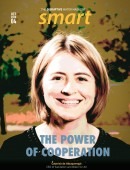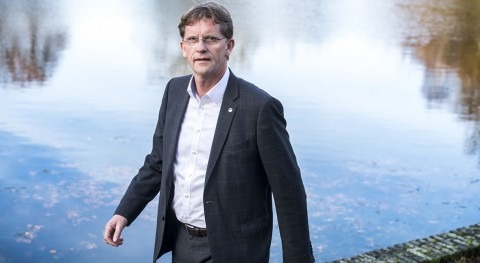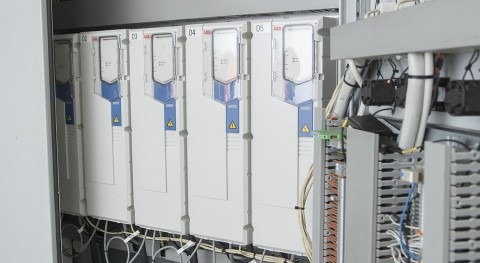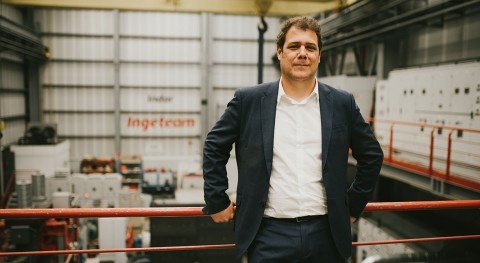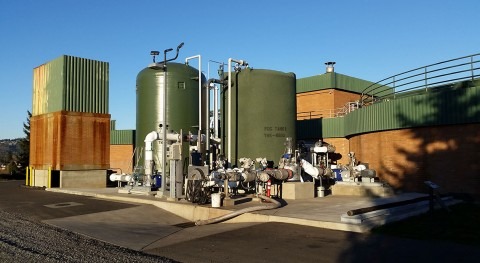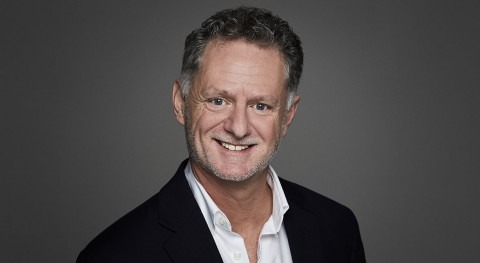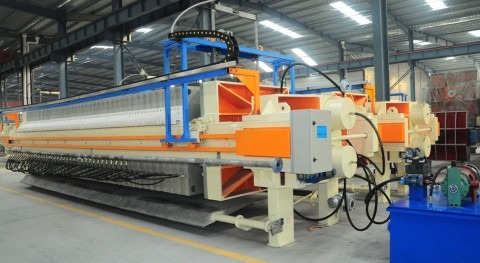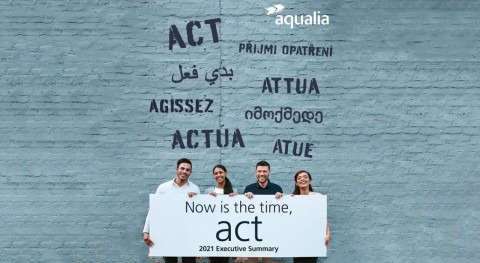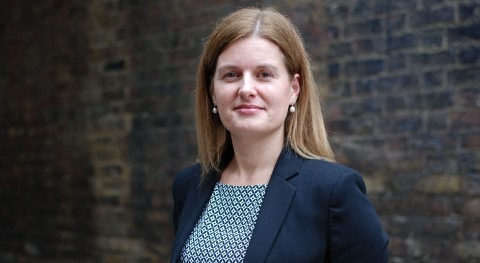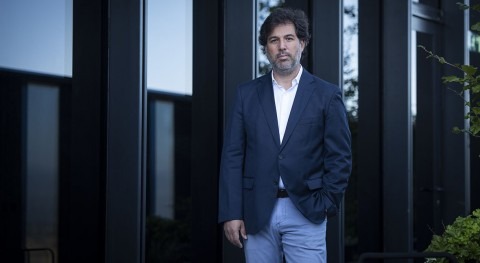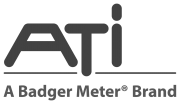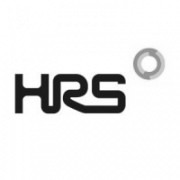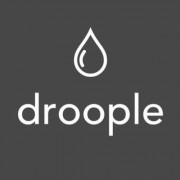Featured content
Content summary
We release the September issue of Smart Water Magazine Bimonthly, focusing on digital innovation in the water industry. Our cover features Sabina Todd, APAC Regional General Manager & Vice President at Envirosuite, who shares her views on the role of digital technologies in addressing the challenges that the water industry and utilities are facing. Our digital section also includes interviews with leading companies in different aspects of digitalisation, such as with Garry Tabor on smart solutions to safeguard water quality by Badger Meter, and with René Albrecht on connectivity services by 1NCE. We hear from Meena Sankaran on KETOS’ Data-as-a-Service model, and from Ian Robinson on BlueConduit’s machine learning software to locate lead service lines. Almar Water Solutions and Droople have also contributed articles on digital solutions. In this issue you can find all our usual sections too. Gonzalo Delacámara reflects on water security as he presents the new IE Centre for Water & Climate Adaptation in an exclusive interview. Climate change mitigation and moving towards net zero emissions are major drivers for the water sector, and improving the efficiency of energy use is key in this regard. In our water treatment section, ABB explains how motor and drive technology can help with energy efficiency, while Caterpillar shares a case study of innovative cogeneration in the Gresham WWTP in Oregon, U.S. Find this and a lot more in Smart Water Magazine Bimonthly 14.
Features
Pump specialist SEKO provides a solution to increase the efficiency of wastewater treatment and reduce its environmental impact.
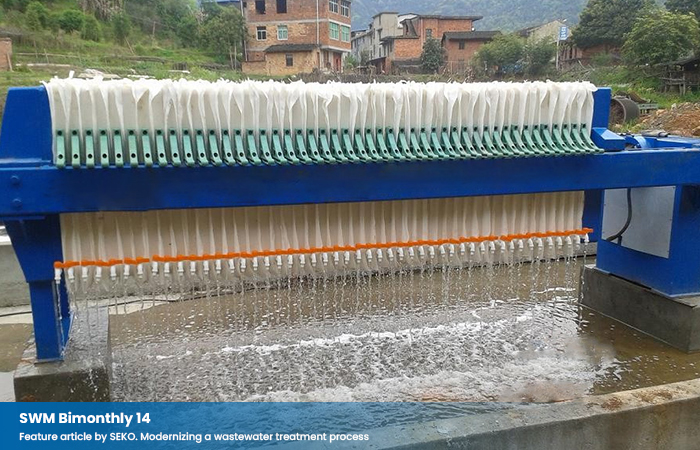
Aqualia presents its strategy to optimize energy consumption and reduce emissions in support of a more sustainable economy.

Almar Water Solutions and Datakorum offer digital solutions that transform infrastructure without changing the existing devices.

Caterpillar’s cogeneration technology helps the Gresham WWTP in Oregon (U.S.) generate about 10% more electricity than it needs.
Droople’s technologies can help optimize water-energy savings and CO2 emissions for green building certification standards.

ABB’s Timo Kaarna explains how motor and drive technology can help lower energy consumption in the water and wastewater industries.

Interviews
Sabina Todd, APAC Regional General Manager & Vice President, Envirosuite
- Although every water utility in the world has different challenges, the key constant is climate change and the uncertainty it presents
- Digital technologies enable multiple permutations of a solution to be tested simultaneously to determine the best outcome
- Digital technologies can help balance the optimal desired outcomes by taking all the variable influent conditions into account
- At Envirosuite, by combining machine learning and deterministic modelling, we can adapt operational settings to specific circumstances
- To date, projected savings by Plant Optimiser are 27% reduction of alum, equivalent to an OPEX saving of AUD 150,000 - 400,000 per annum
- Digital technologies allow utilities to continue to push the needle further in terms of getting more out of assets and managing risk

Cristina Fernandez, Technical Director at Aganova and expert in leak detection
- In many areas, the main obstacles that make NRW minimization difficult originate from a lack of knowledge about the networks
- We can count on a large network of partners who are key to supporting our adaptation to the idiosyncrasies of any country
- The Nautilus System can detect leaks providing that we have a minimum pressure; if very low, we would study different approaches
- Many projects are reactive, the client calls us when the water loss is sizeable; however, preventive campaigns would be most effective
- Contributing to water management in countries suffering from water stress is more gratifying and entails bigger challenges
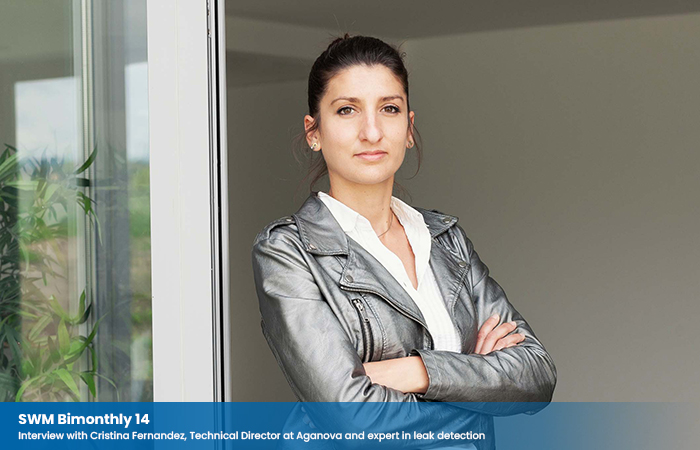
Garry Tabor, Director of Smart Water Solutions, Badger Meter
- SeptiNet is optimising sewer networks, providing odour, corrosion and septicity management to preserve assets and build resilience
- This has prompted a move towards creating neural networks, utilising field-proven, low-powered, digital water quality sensors
- Comprehensive water profiling that includes prosaic parameters and organics will fully addresses the cause, effect and mitigation
- By applying trusted, unified technologies, utilities will gain insight on how to prescribe a truly smart solution
- Embracing innovation and Smart Water is changing the water industry so we can address today’s challenges and invest in the future

René Albrecht, VP Southern and Eastern Europe at 1NCE
- Searching for the optimal digital solution, the question is which one is easiest to implement and does not entail large follow-up costs
- Cellular radio has one major advantage: it is already widespread, tried and tested over many years, standardized and secure
- 1NCE’s pricing model typically covers the entire lifecycle of a device and costs only one euro per year for connectivity
- Since the introduction of the SIM card technology into the GSM communication, it is a globally accepted secure element

Néstor Campo, Managing Director at Ingeteam Water
- Our objective is to be closer to our customers in different sectors, and one that we have defined as strategic is the water sector
- Our portfolio includes control systems, frequency converters and operation and maintenance services for different applications
- We design the product to offer our customers the best solution in terms of operability, durability and reliability
- The search for more environmentally friendly solutions is the lever that drives current and future solutions
- Ingeteam Water offers the best customer support to achieve the best solution with the lowest energy consumption and operating cost
- Our objective is to be a major player in the water sector, as we are in other sectors such as renewable energies

Gonzalo Delacámara, Director of the IE Centre for Water & Climate Adaptation
- The Centre’s ambition is to become a worldwide reference in terms of cutting-edge skills development for the private and public sectors
- Water is highly interconnected to many critical issues but the way those linkages are shaped is not always fully understood
- Biodiversity loss rates and the risks of potential ecosystem collapse are higher in aquatic ecosystems than in any other ecosystem type
- IE Exponential Learning’s mission is to provide tools to professionals with a lifelong learning mindset at every stage of their careers
- At the IE Centre we feel it is critical to understand the differences between individual and collective adaptation strategies
- The war seems likely to have a far-reaching effect on the world’s response to climate change, through the largest energy shock in decades

Ian Robinson, President/COO, BlueConduit
- We overcome the incomplete, inaccurate, and unreliable records in order to support cities in making crucial planning decisions
- Our team pioneered the use of machine learning for service line inventory in helping the city of Flint, Michigan, find and replace LSLs
- Public trust is essential to the work of water utilities; it is very important for utilities to proactively engage with the community
- Considering service line replacement with other infrastructure projects presents an opportunity to extend funding further
- With an actionable service line inventory, Toledo was able to leverage funding sources and prioritize replacement efforts
- Philanthropic funds will allow us to help under-resourced communities accelerate the process of locating their lead service lines

Meena Sankaran, Founder & CEO, KETOS
- The mission to transform the water industry with the goal of making water safer and sustainable has been the foundation of why KETOS exists
- Digital solutions enable water operators to proactively solve mission-critical efficiency and quality challenges in real-time
- Traditional approaches to driving smart water adoption have relied on outdated and/or ineffective procurement policies
- DaaS shifts the technology adoption risk from the customer to the solution provider, thus allowing for a joint, aligned vision
- Automating processes has allowed many water operators to keep their operations consistent even in uncertain times
- With DaaS, high CAPEX costs and personnel demands are reduced as the provider’s value is measured based on success criteria agreed upon

Mehul Patel, Executive Director of Operations, Orange County Water District, California
- For this project to come to fruition it had to be accepted and that meant educating about the benefits and safety of recycled water
- Over 2 decades we have seen a much broader understanding by the public of the importance of water reuse for water supply and reliability
- OCWD maintains a 3D groundwater model that helps us model the flow of groundwater as well as groundwater usage throughout the basin
- In California there is now a specific regulatory framework for groundwater recharge and reservoir augmentation reuse applications
- The difference in cost between GWRS and desalination is very significant – desalinated water is more than twice the amount of GWRS water
- The GWRS offers a favourable carbon footprint and allows for a reduction in the amount of ocean discharge of treated secondary effluent

Dr Sean Phillips. Director-General, Department of Water and Sanitation, South Africa
- Historically, DWS focused on the development and management of national water resources such as large dams and associated infrastructure
- DWS will consistently intervene where there is non-compliance with national norms and standards for water and sanitation services
- The NWRIA was established to create an enabling institutional environment for raising private sector finance for water infrastructure
- The establishment of the NWRIA will also address the current fragmentation of asset management and revenue collection functions
- We have established a Water Partnerships Office with the DBSA, to assist municipalities with commercial public private partnerships
- The NWRIA should be open to considering a range of business models for construction and operation of national water infrastructure

Opinion articles
Dr Assaf Lowenthal, Senior Scientist, Atlantium Technologies Ltd.
Benoît Le Roy, Founding Member & CEO: South African Water Chamber NPC
Corrado Sommariva, CEO and founder of Sustainable Water and Power Consultants
Dhevan Govender, Senior Manager, Commercial and Business Department, eThekwini Water and Sanitation, City of Durban, South Africa
Hein Molenkamp, Managing Director, Water Alliance, The Netherlands
Wim Audenaert, CEO & co-founder of AM Team
Dr Blanca Antizar, European Director of Consultancy, Isle Utilities


